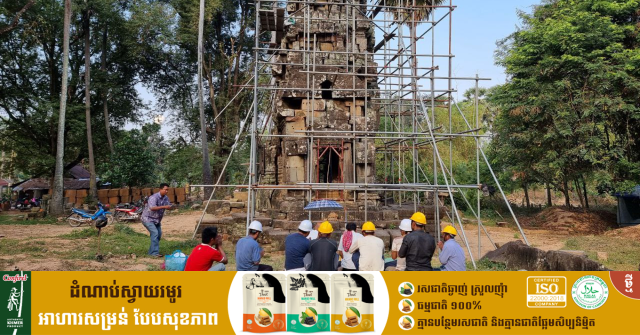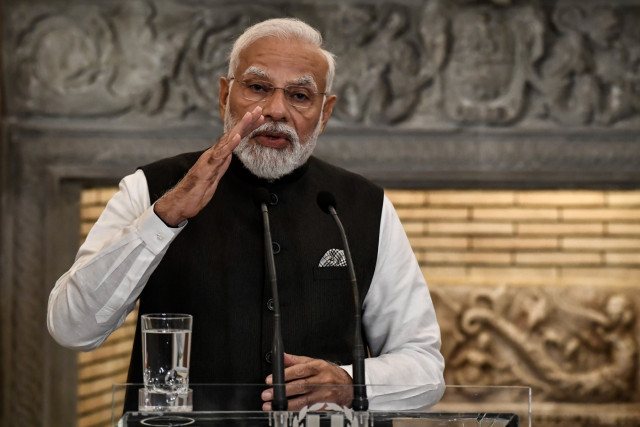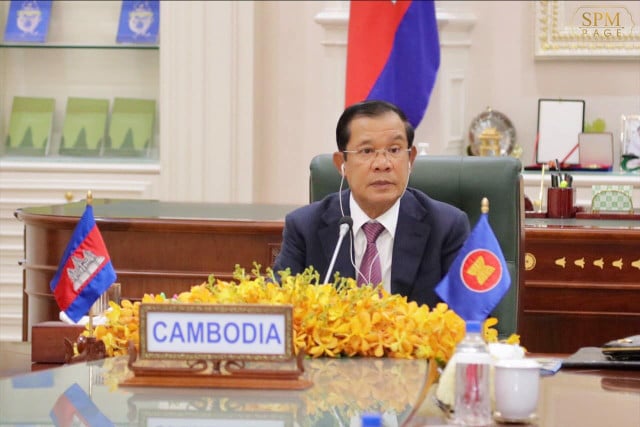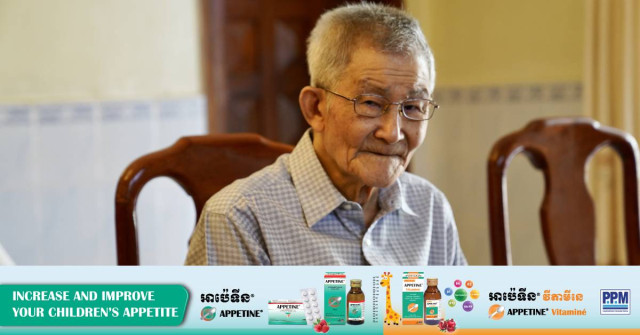Provisions and Manpower Needed to Run Angkor’s 12th Century Hospital

- By Ky Chamna
- October 22, 2023 4:00 PM
SIEM REAP - The Angkorian healthcare system saw great developments under King Jayavarman VII. With 102 hospital chapels nationwide, medical check-ups were offered to all classes of society with knowledge being transferred across borders. Some of these chapel hospitals are still visible.

Recommended reading: Healing the Empire: Angkor’s Chapel Hospitals
Based on the information board at the Angkor National Museum in Siem Reap city, the largest welfare projects managed and funded by the central authority during Jayavarman VII were the establishment of 121 rest houses and 102 hospitals which were built all over the kingdom. For the hospitals, each hospital chapel was built with identical dimensions with the same plan and with common features. They were dedicated to Bhaishajyaguru, Buddha of healing. 798 statues were housed in these hospitals.
There was an inscription in each hospital. Those inscriptions usually begin with an invocation to the Buddha and two Bodhisattvas who have special attributes for healing the sick.
The management, operation system, medicines, and the hospital supporters were described in the inscriptions. Each hospital had numbers of staff members and their responsibilities were as follow:
The approximate amount of yearly provisions from the central authority
11,192 tones of rice from 838 villages
2,124 kilograms of sesame
105 kilograms of cardamom
3,402 nutmegs
48,000 febrifuges
1960 boxes of salve for haemorrhoids
Employees
2 doctors (to attend each of the four castes)
3 assistants to the doctors (assisting the doctors)
2 store keepers (distribution of medicine)
2 cooks (in charge of fuel, water and cleaning)
14 nurses (administration work)
2 women (grinding rice)
6 women (heat water and grind medicine)
2 sacrificers (prepare offering to buddha)
1 astronomer
List of medicaments
Asafetida, Aquatic animals, Camphor, Cardamom, Cinnamon, Clarified butter, Coriander, Cubeb, Cumin, Aromatic curcuma, Fennel, Ginger, Honey, Jujube, Mustard seed, Mylobalan, Nutmeg, Oregano, Senna, Sugar, Sesame, Sandalwood, Turpentine, Vetiver, Vinegar and more.















